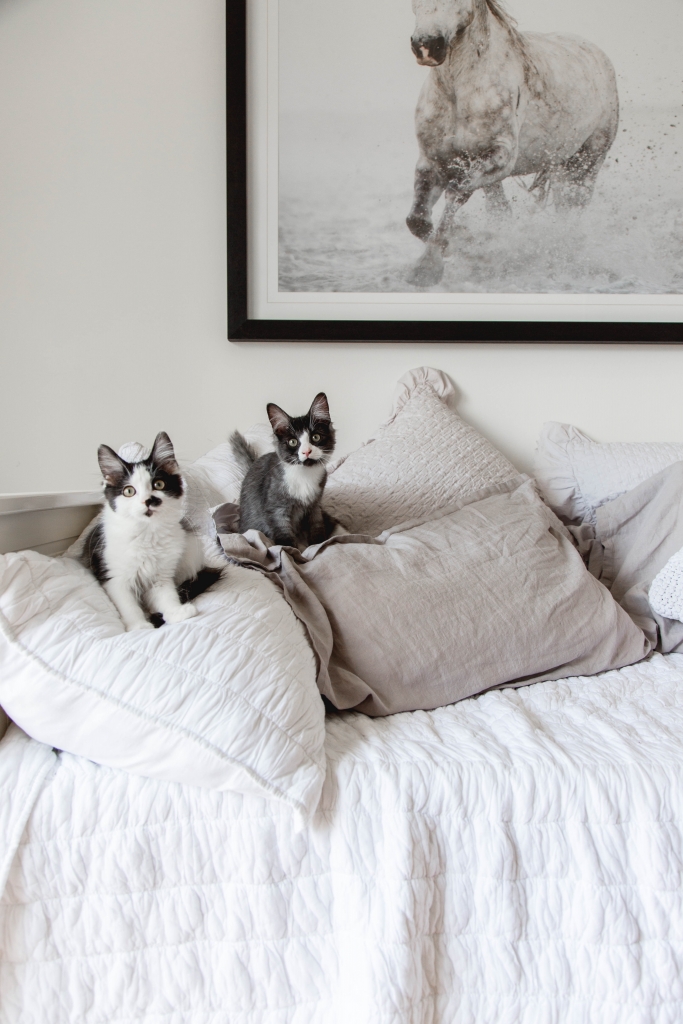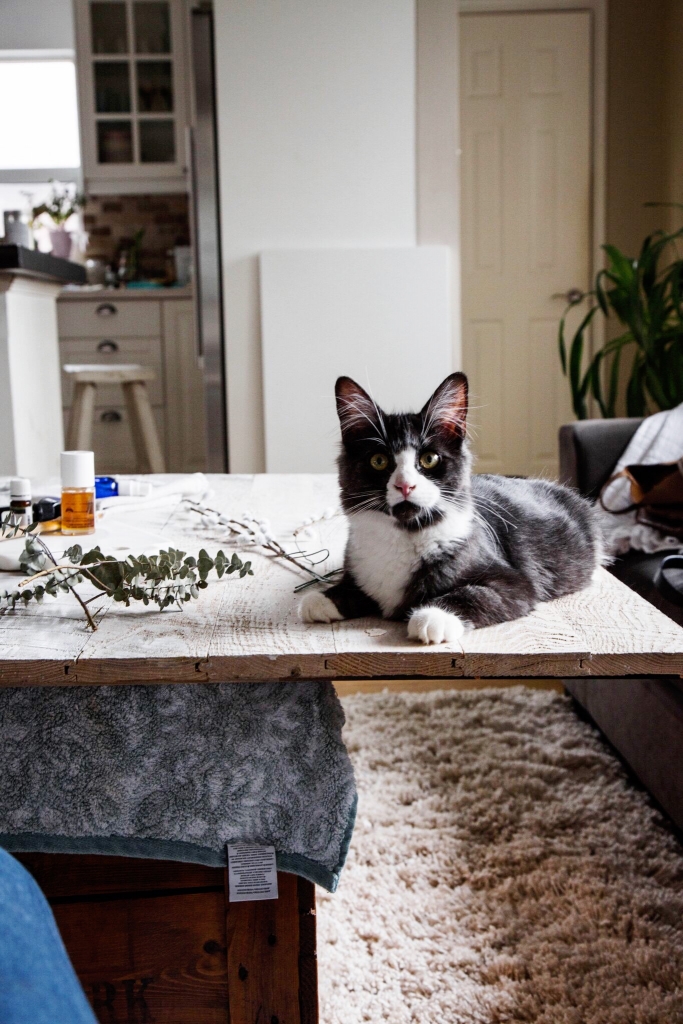A version of this article first appeared on The Eco Hub. 
Some concerning news for us parents of fur babies: Currently, there is little to no regulation on the chemicals that end up pervading our daily lives and the same goes for out pets.
Back in 2008, the Environmental Working Group conducted a groundbreaking study that found that pets are polluted “with even higher levels of many of the same synthetic industrial chemicals that researchers have recently found in people, including newborns.” The study adds that “the results show that America’s pets are serving as involuntary sentinels of the widespread chemical contamination that scientists increasingly link to a growing array of health problems across a wide range of animals—wild, domesticated and human.”
Pets face chemical exposures that in some ways are similar to those of infants and toddlers, who have limited diets and play close to the floor and put their hands and household objects in their mouths far more often than adults. For pets as for children, exposures are greater and the resulting health risks are higher.
The study found that both cats and dogs had high levels of Teflon chemicals most likely from food contaminated with PFCs leaching from food bag coatings, as well as house dust, and stain-proofed furniture, dog beds, and carpets.
Dogs and cats were also found to have high levels of phthalates (plastic softeners) mostly from plastic toys and certain medication and fire retardants found in bedding, house dust and even food.
The study also notes that “dogs and cats were contaminated with 48 of 70 industrial chemicals tested, including 43 chemicals at levels higher than those typically found in people, according to our study of plastics and food packaging chemicals, heavy metals, fire retardants, and stain-proofing chemicals in pooled samples of blood and urine from 20 dogs and 37 cats collected at a Virginia veterinary clinic”.
These are troubling findings if you ask me, so what’s a pet owner to do?
Give them sustainable goods (bed, toys, etc)
Look for toys made from either recycled materials or sustainable fibers (sans herbicides or pesticides) such as hemp. Here are three online stories you can check out! Making your own pet toys is fun too.
- West Paw Design’s popular toys are made with Zogoflex materials that are non-toxic, BPA-free, and phthalate-free and their eco-toys are made with recycled PET plastic that has been certified safe by Oko-Tex, a third-party organization.
- Jolly Pets offers a line of fabulous, fun and, most importantly, safe toys. Their chew toys, balls, critters, and floating toys are all BPA, PVC, and phthalate free. They use a patented plastic blend that comes in both high and low density form (both are recyclable) and all scrap is reground and recycled. The plastic blend was not only chosen because of its durability but also for the safety of pets and environment. The rubber products are made from all natural, non-toxic rubber, which is also chosen for its strength and eco-friendly quality. Jolly Pets has recycling information on all of their packaging for both the outer cardboard packaging and the product when it’s time to replace them.
- Planet Dog‘s Orbee Tuff toys are made using Thermo Plastic Elastomer (TPR), which is a safer plastic alternative. I love these products because they can be recycled and are tested for lead safety.
Use natural pet-care and cleaning products
Read the labels and make sure there are no nasty chemicals lurking in your pets shampoo etc. And also use non-toxic cleaners to wipe up after your fury little friend. I’d prefer you make your own though! 🙂
Feed them the right food
The animals used to make many pet foods are classified as “4-D,” which is really a polite way of saying “Dead, Dying, Diseased, or Down (Disabled).” That’s obviously not for vegan humans, but it’s not good for your dogs and cats, either. Look for local, organic, humanely raised foods without hormones and antibiotics added. Sustainably-caught sardines are a good option for cats since these small oceanic fish are more plentiful and renewable than the big predator fish like tuna or even salmon, which are under serious threat.
Avoid canned food as it is often laden with toxins that can sicken your pet. The 2017 Ecology Center study called Pets Beware: Toxic Chemicals in Pet Food Can Linings found:
- Almost all cat food cans tested (95%) had a polyvinyl chloride (PVC)-based coating
- Most dog food cans (81%) had a bisphenol A (BPA)-based coating
- Pet food cans overall had a higher frequency of both BPA-based and PVC-based coatings than human food cans.
I really like Acana as a good food company for your pets.
Go with natural kitty litter
Clumping Kitty litter that contains sodium bentonite is bad for your cat and the environment. It can poison your kitty through chronic ingestion while grooming and the clay can also cause lung problems. Opt for a healthier kitty litter made from recycled newspapers, corn, pine needles or wheat.
The bottom line is that it’s important to understand that a lot of toxic chemicals lurking in our products are also hanging around in our pet’s products.
Are you mindful about safe, non-toxic routines for your pet?
__
Photo: Candice Batista





